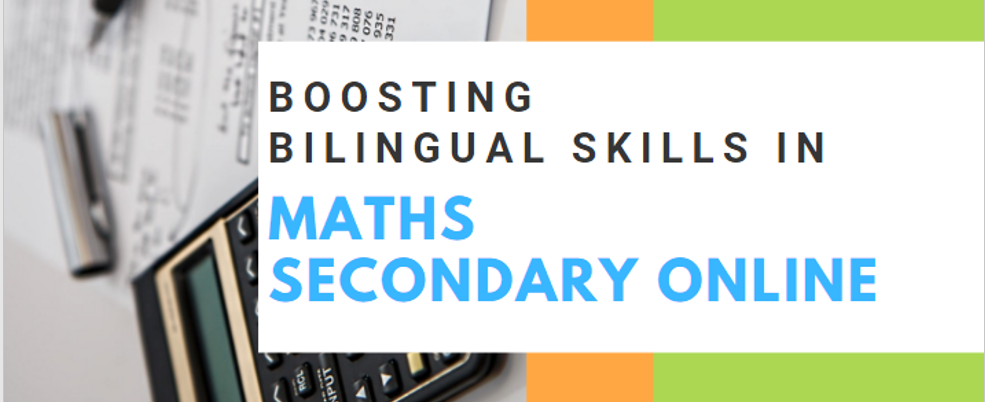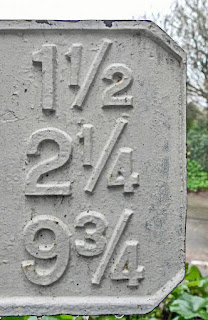Compartido por Francisca Arpa
IRRATIONAL NUMBERS 3º ESO
To
introduce irrational numbers I’ll begin
with this video
After watching
the video I’ll ask them some questions
about it
 In pairs, students will classify numbers as rational or
irrational fminutes using this worksheet as example.
In pairs, students will classify numbers as rational or
irrational fminutes using this worksheet as example.
Each student will choose a number and ask the other
student if the number is rational or irrational, the answer must be similar to
the example.
At the end of
the activity they must elaborate their own
worksheet with the numbers they have chosen
Group work
This activity is meant to reinforce definitions and
fluency in describing irrational numbers and rational numbers.
The class will
be organize in groups of 4 students and one by one, each student in the group is going
to take one of these cards and
talk about the chosen card:
Tell what an irrational number is in your own
words.
Provide two
examples that show that the statement is false. Lydia said that all square
roots are irrational numbers.
Do the
expressions  and
and  have the same value? Explain your thinking.
have the same value? Explain your thinking.
Provide two
examples that show that the statement is false. Explain your thinking.
Zoe said that
an irrational number can be expressed as a terminating decimal.
PROJECT
Students, in
groups of 4 people, will chose one of the famous irrational number : π (pi), e
( Euler’s number) , φ ( golden ratio). They will have a week to look for
information about it and make a presentation or a poster. In plenary, they will
show their presentation or poster.
Unit/ Topic: Tessellations using transformations Click here.
Focus on: C for Cognition, C for Culture
Objectives
|
-Identify transformations in nature, art and design.
-Identify the main elements of each transformation.
-Take photographs of each transformation and prepare a report for the class.
-Use the email and send the document.
-Show the project and use suitable vocabulary.
| |
5. C for Culture
|
Tessellations
How mathematics are discovered
Women in maths
Open problems
| |
6. Activities
|
See page 5
| |
7. Tasks
|
Read the article http://goo.gl/Wdb1E1
| |
8. Cross-curricular tasks
|
Gender equality
Search for examples of amateur women contributing to the science
| |
10. Resources and materials
|
ACTIVITIES:
a) Write an expression used in the article for the word “tessellation”.
(b) Who discovered the first 5 types of pentagonal tessellations? When did this happen?
(c) How many more were discovered before 1984?
(d) When was discovered the last pentagonal tessellation?
(e) Why pentagonal tessellations are interesting?
| |
12. Assessment:
criteria and instruments
|
Four aspects will be graded for each picture:
Rubric: Next Page & Attached file
| |
RUBRIC:
PICTURE
0’75
|
0’5
|
0’25
|
0
|
The photograph represents the transformation and its elements.
|
The photograph represents the transformation but the elements are not clear.
|
The photograph represents partially the transformation.
|
The photograph does not represent the transformation.
|
EXPLANATION
0’75
|
0’5
|
0’25
|
0
|
The vocabulary is accurate, the voice is clear and the pronunciation is good.
|
The vocabulary is accurate, the voice is clear but the pronunciation can be improved.
|
The vocabulary is accurate, but the voice is not clear and the pronunciation is not good.
|
The vocabulary is not accurate, and voice and pronunciation must be improved.
|
ORIGINALITY
0’25
|
0’1
|
0
|
The photograph is taken by the student and there are not similar ones in the class.
|
The photograph is taken by the student but there are similar ones in the class.
|
The photograph is not taken by the student.
|
QUALITY
0’25
|
0’1
|
0
|
The photograph is clear and the elements of the transformation are easily identified.
|
The photograph is slightly blurry and some elements of the transformation cannot be easily identified.
|
The photograph is blurry or distorted.
|
An Excel file is provided to collect the marks.
Unit/ Topic: A Fibonacci reseach
Focus on: Cognition
Attachments:
1. Worksheet
1. Videos: The magic of Fibonacci numbers, by Walter Benjamin.TEd Talks
Teacher: Susana Abad
Unit/ Topic: Cryptology
Focus on: Culture
Attachments:
2. Students' Worksheet ,
Teacher: Susana Abad
Focus on: Culture

1. Reconstructing a word problem statement.
2. Reconstructing the problem solving procedure.
3. Reconstructing an image.
3. Reconstructing an image.
This is Which One Doesn't Belong?, a website dedicated
to providing thought-provoking puzzles for math teachers and students
alike.
There are no answers provided as there are many different, correct ways of choosing which one doesn't belong. Enjoy!















No hay comentarios:
Publicar un comentario